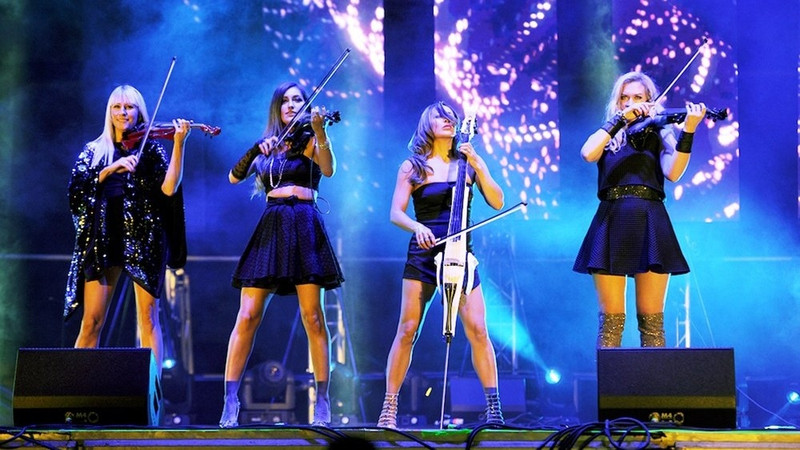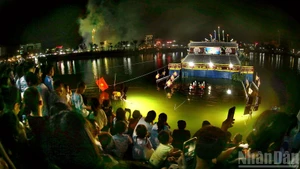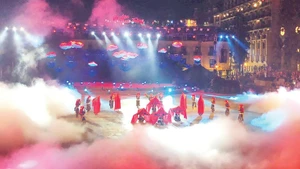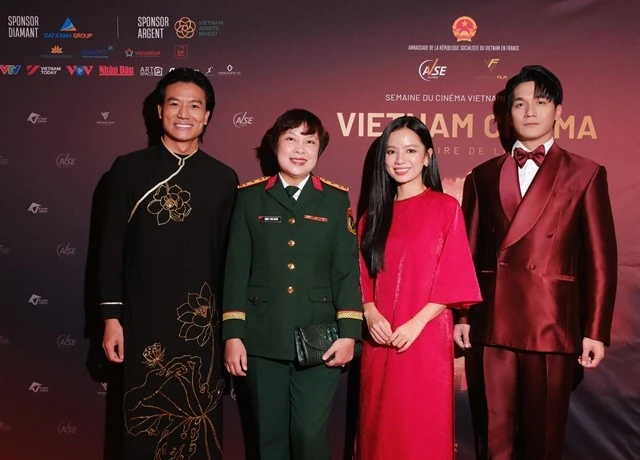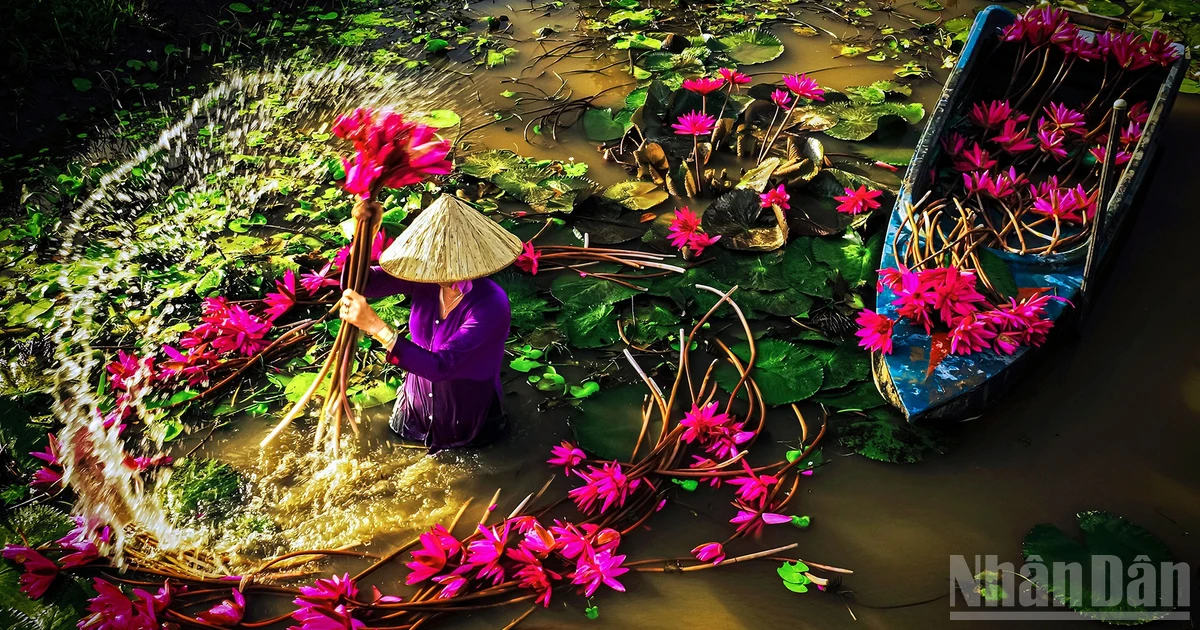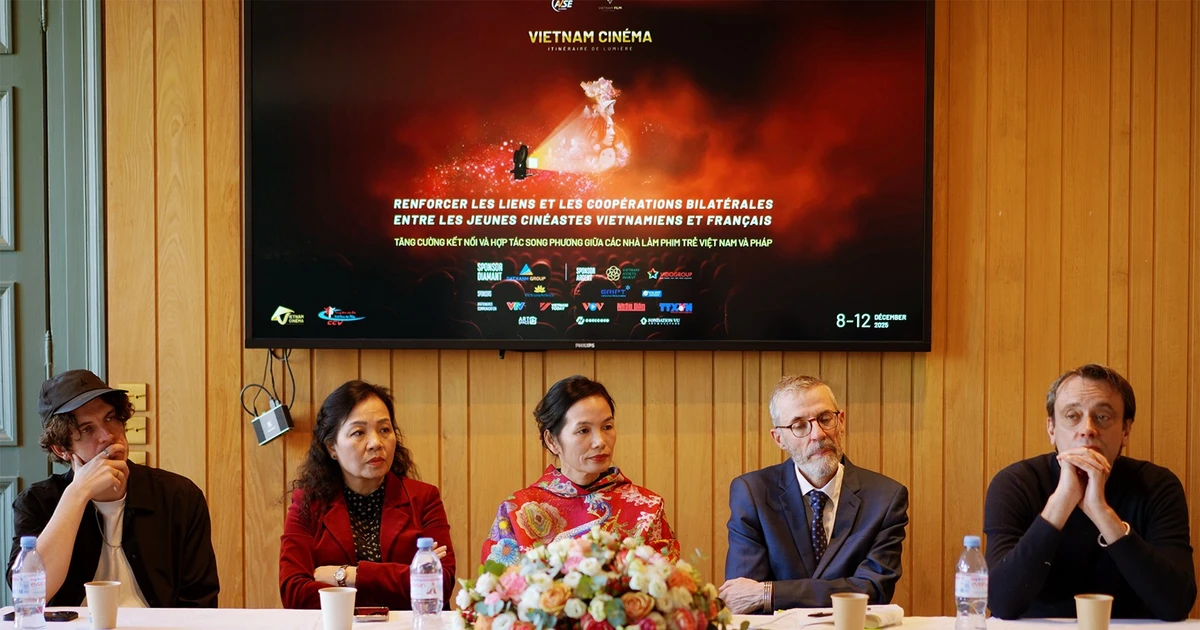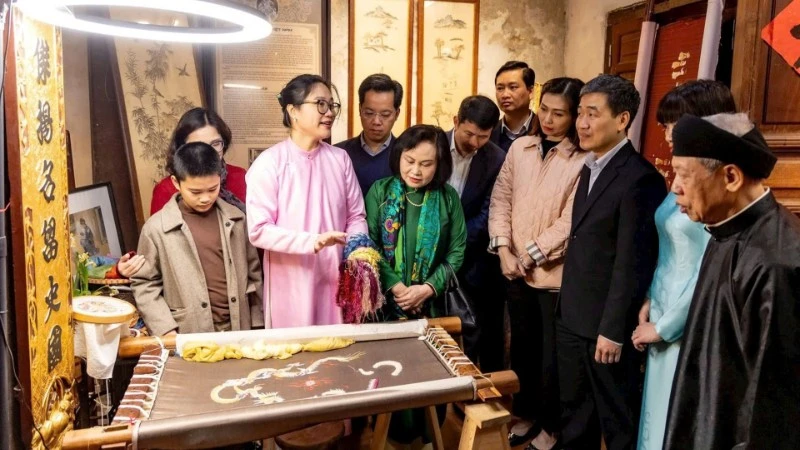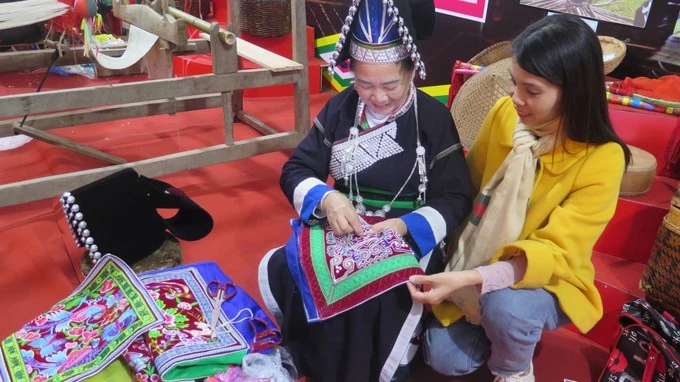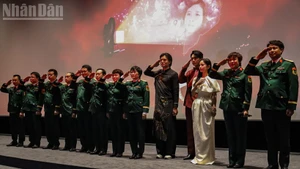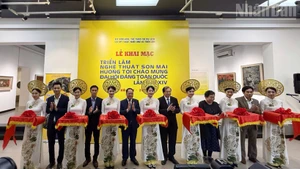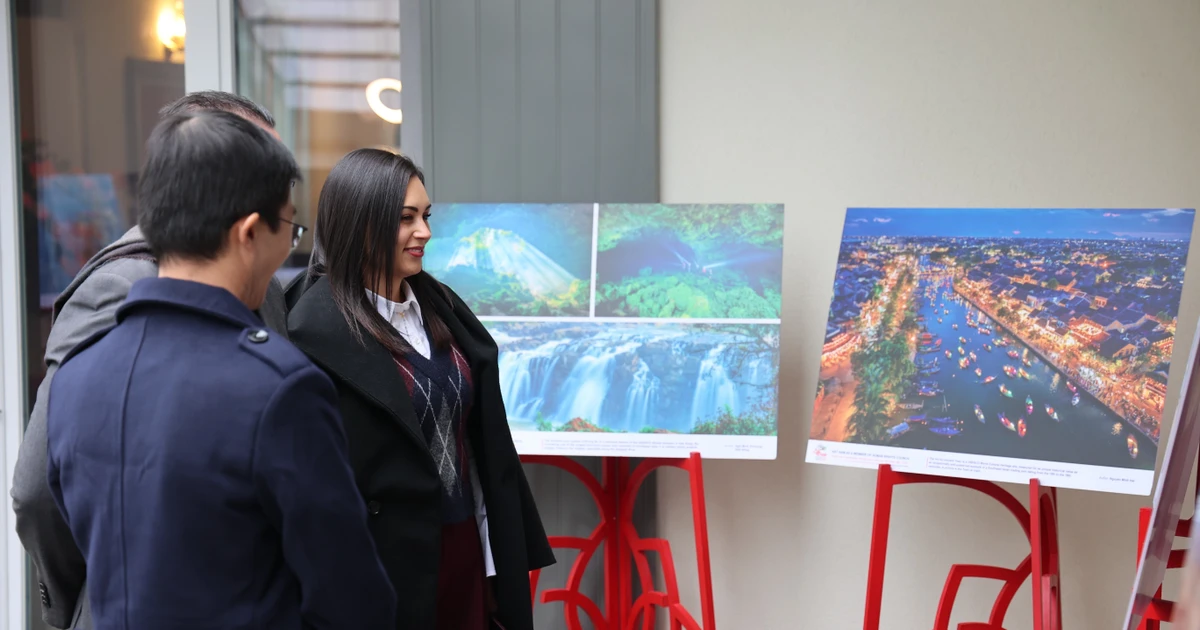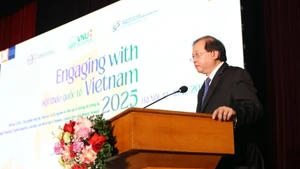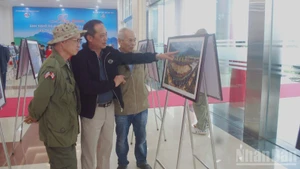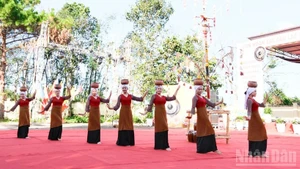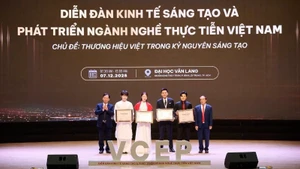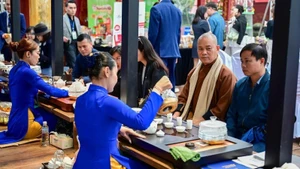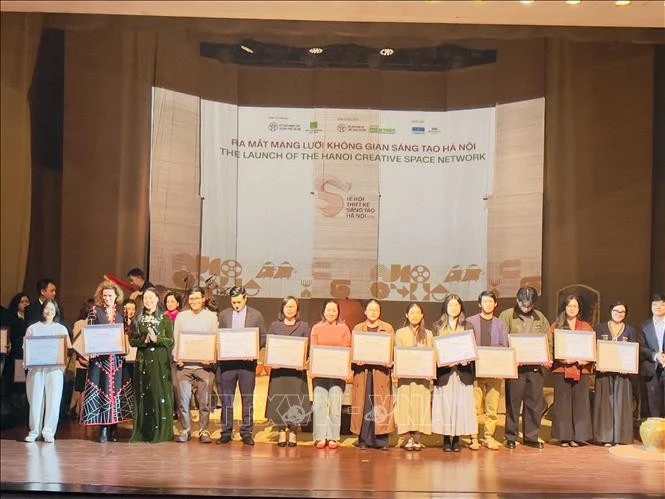An eventful year with numerous cultural events
Over the past five years, popular Korean music, widely known as K-pop, has ruled the roost of the Asian entertainment market, including Vietnam. Young Vietnamese fans of the genre - most of them young students - are willing to wait for days at airports, stations, hotels and concert halls just to catch a glimpse of their idols.
Music Bank, the world-wide live concert tour gathering famous young bands from the Republic of Korea, took place at My Dinh stadium in Hanoi at the end of March, 2015 and it once again proved the popularity of K-pop amongst Vietnamese youth.
However, such music events are a mere product of the entertainment industry, which may attract the youth but do not satisfy the demand of the public to enjoy much more upscale arts.
The need for a greater variety of arts has seen a response , firstly in music with a series of performances by acclaimed artists from around the world: the legendary Danish band Michael Learns to Rock, who made a comeback to Vietnam after 18 years, in July; prince of romance and French pianist Richard Clayderman in August; American R&B singer and Grammy Awards winner Peabo Bryson in September; and renowned American saxophonist Kenny G in October.
Coming to Vietnam after years of playing around the world, they were quite capable of creating a musical banquet for the audiences.
In addition, annual music concerts such as the Hennessy Concert Series and Toyota Classic, have introduced Vietnamese audiences to the world’s most celebrated artists.
The 2015 Monsoon International Music Festival was another popular event in Hanoi last October. In its second edition, the festival received positive feedback from the media and arts critics since it enabled the audiences to experience different modern music styles through performances of established local and international artists such as string quartet BOND, Grammy award winner Joss Stone, and Matt Robertson.
The event’s general director was Vietnamese musician Nguyen Quoc Trung, who hoped to bring an inspiring and festive atmosphere for Hanoians, thus contributing to building a professional and more open music industry in Vietnam.
In the realm of theatre, 2015 also saw many special offers for audiences. One of them was the drama production of Arthur Miller's "All My Sons’ at Tuoi Tre (Youth) theatre, which is honoured as one of the world’s top 100 stage masterpieces. After its successful performance in Hanoi in May 2015, the play was then staged in some northern provinces for free, leaving deep impressions on theatre goers.
In August, the Russian ballet theatre Talarium et Lux (Ballet and Light) brought the classic ballet Swan Lake by Russian musical genius Tchaikovsky to Hanoi audiences. In Russia, not everyone has the opportunity to enjoy this ballet and ‘Swan Lake’ is considered a special gift for art lovers in Vietnam.
In addition to the talent of the artists, the 3D animated graphics brought an entirely new atmosphere to audiences, particularly young people.
The ballet urges managers and artists in the Vietnamese dance industry to make more positive moves towards developing high art forms like ballet, shared Director of Hanoi Drama Theatre People’s Artist Hoang Dung.
In the field of literature, the third international conference promoting Vietnamese literature and second Asia Pacific Poetry Festival (in March) brought together more than 150 writers, translators and researchers from 40 countries and territories around the world. Through the events, the values, achievements and identities of Vietnamese culture and literature have been introduced to international friends.
There have been numerous Vietnamese classic and contemporary literary works translated into foreign languages by the conference’s participants, as the outcomes of international co-operation and exchange. The recent debut of the Albanian translation of President Ho Chi Minh’s collection of poems entitled ‘Nhat Ky Trong Tu’ (Prison Diary) and Russian version of ‘Truyen Kieu’ (The Tale of Kieu) by the great Vietnamese poet Nguyen Du are examples.
To help the majority enjoy results of cultural integration
With the limitations of Vietnam’s economic conditions, organising ‘high art’ programmes from socialisation funds is a significant effort. Many enterprises spend large sums of money inviting world famous artists to perform in Vietnam, offering a good opportunities for the Vietnamese public to enjoy ‘high arts’.
However, despite large investments, enterprises only recoup a very small part of expenses from selling tickets, which creates numerous shortcomings. The main aim of art activities is ‘brand positioning’, not the arts. The audiences are their customers though many of them do not love and understand these arts form.
On the contrary, many Vietnamese artists and arts lovers could not buy tickets to enjoy the ballet Swan Lake as well as the concerts of Richard Clayderman and Kenny G. Moreover, audiences were not allowed to record, so the fans could only enjoy the performances through short clips provided by the organising board and newspapers.
There will certainly be more ‘high art’ and cultural events held in Vietnam in coming years; however, how to help the majority of audiences enjoy these unique arts and music events remains a difficult question for organisers.
Elevating classic Vietnamese and modern art forms, as well as helping domestic artists learn from international artists through arts programmes, are also important problems. The International Monsoon Festival has partially met these requirements.
First, the festival lasted four days and was held at a large and beautiful area at Hanoi's Thang Long Imperial Citadel, attracting a large number of people. Second, the tickets for concerts were affordable for Vietnamese people, particularly students. Third, leading Vietnamese artists had the chance to perform with many well-known international artists.
With the strong development of science and technology, particularly information technology and communication, international integration is rapidly moving forward, creating equality among nations as well as promoting the development in all fields of the economy, society and culture. However, in addition to receiving new and positive influences, the Vietnamese art sector needs to preserve the national identity.
